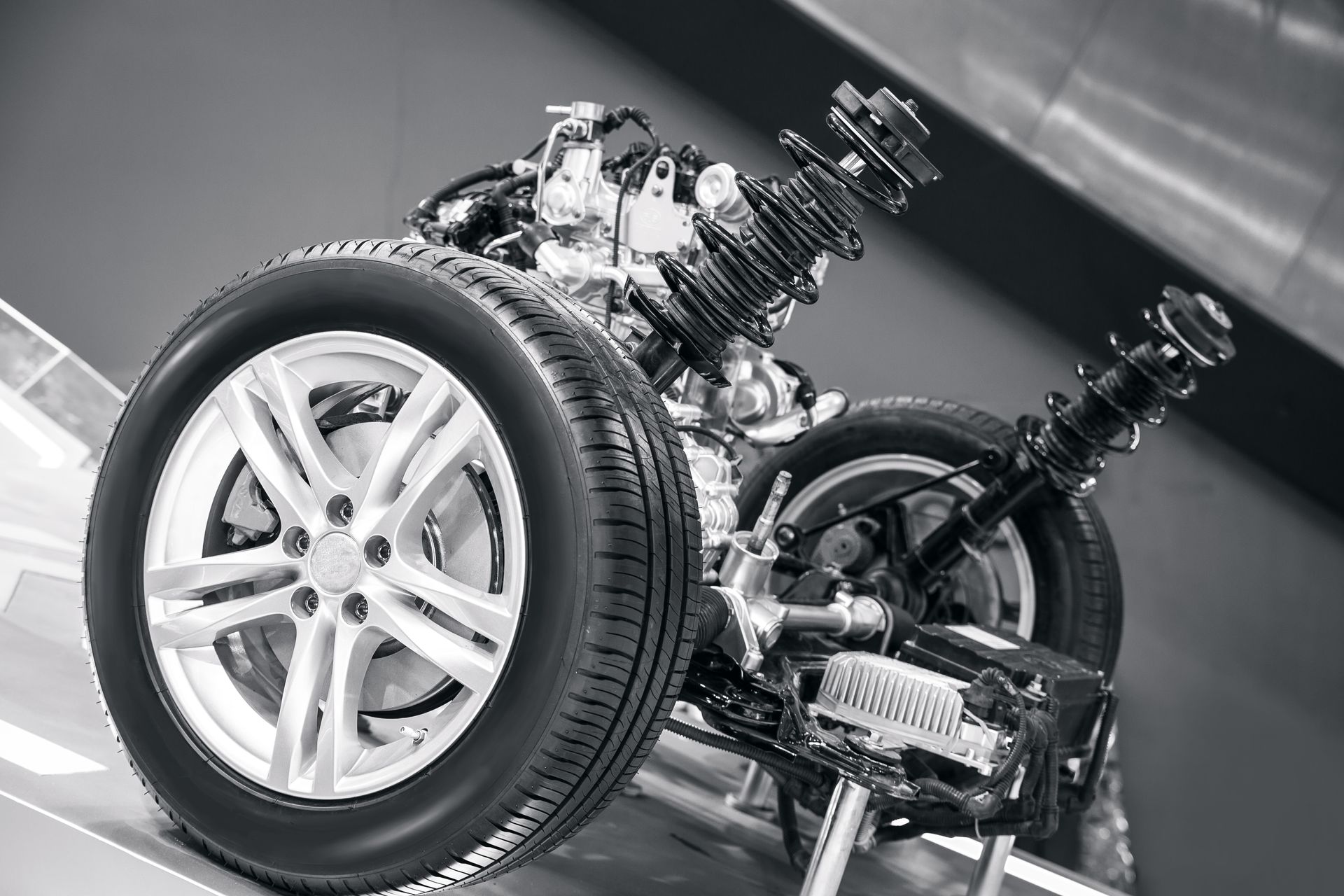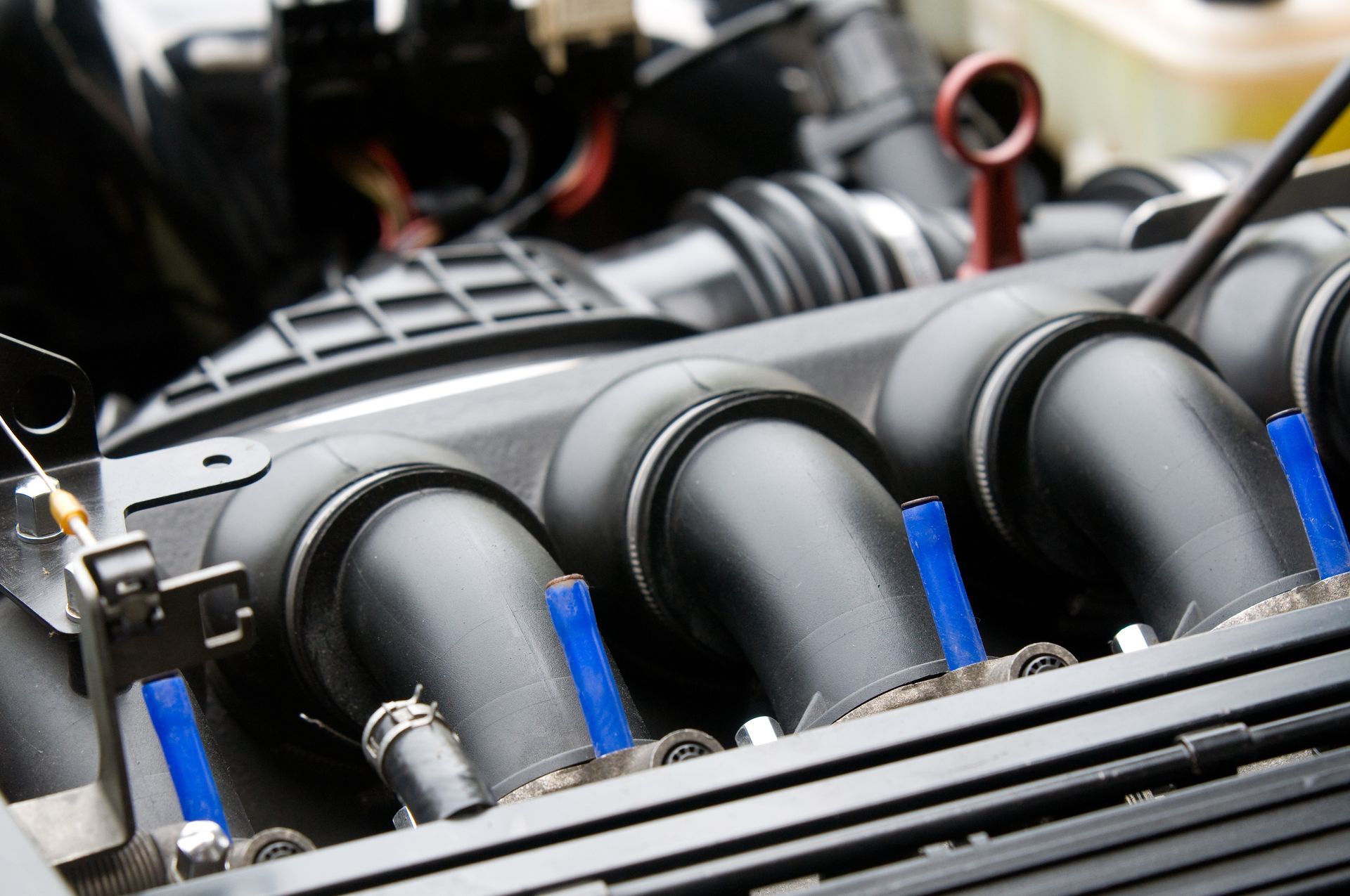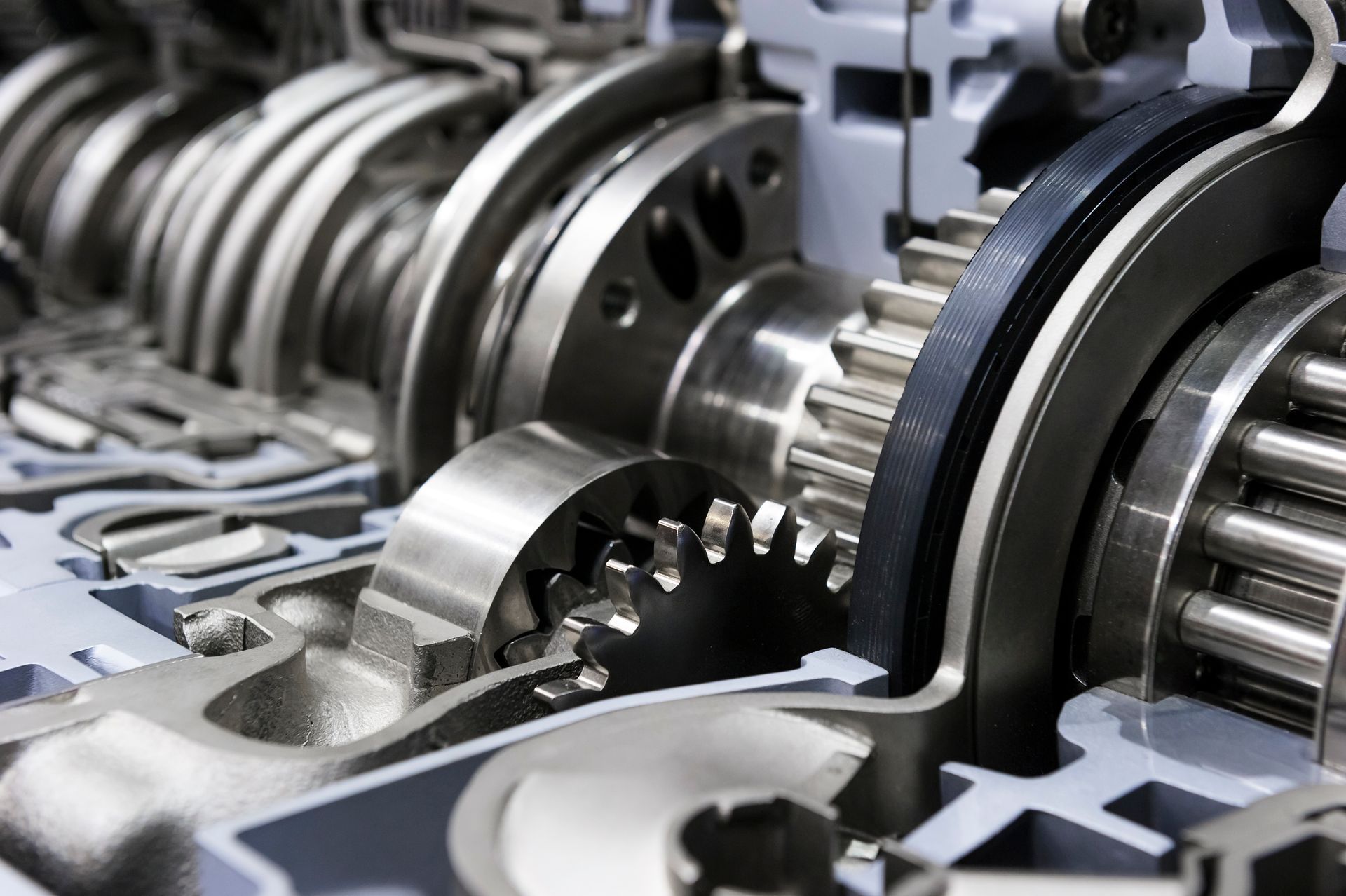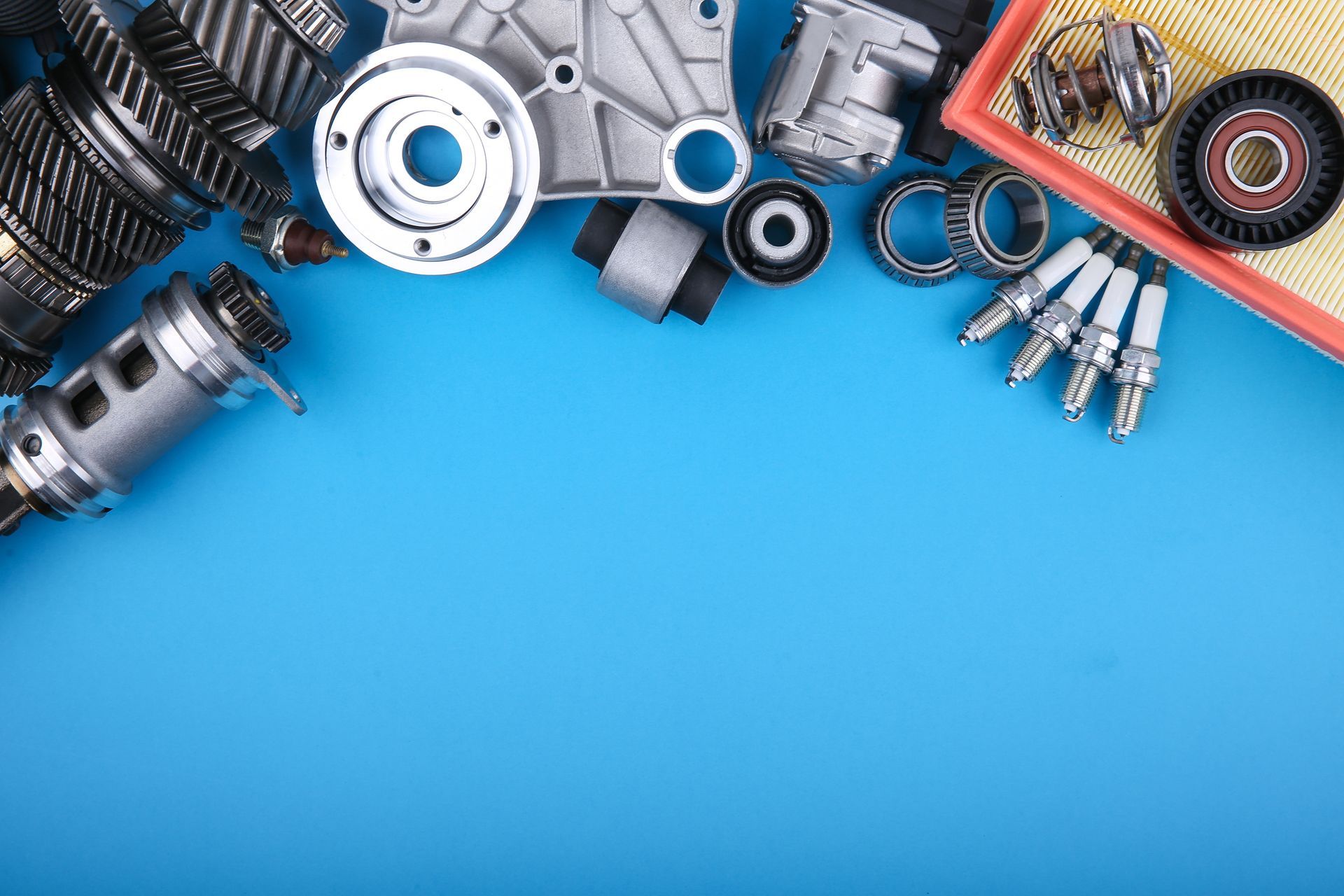How Can Vehicle Diagnostics Benefit Your Car Care Routine?
How Can Vehicle Diagnostics Benefit Your Car Care Routine?
It's a brisk Monday morning, and you're ready to conquer the week. Coffee in hand, you step out to your car, only to be welcomed by the glaring check engine light on your dashboard.
An unsettling feeling forms - a commonplace for car owners around the world when confronted by the mysteries lying beneath their hoods.
In moments like these, vehicle diagnostics emerge not as a luxury, but as an essential ally steering us clear of automotive trepidation and foreseeable inconvenience.
Vehicle diagnostics are akin to a crystal ball, looking into your car's health - they provide insight into the vehicle and arm you with knowledge that can ward off roadside disasters or costly repairs down the road.
The Wonders Hidden Under the Hood
Modern vehicles come laced with cool gadgets and gizmos, constantly spitting out signals and information every moment, while moving or stationary. They continuously monitor systems such as engines, transmissions, ABS brakes, and airbags - and this is just scratching the surface of areas swathed in sensors, ready to communicate with diagnostic equipment.
Why Are Diagnostics Important?
When vehicle diagnostics tech plugs into this buzzing network through On-Board Diagnostics (OBD) ports (a typical fixture since manufactured cars came alive post-1996), mechanics gain access otherwise sealed away under layers of complex engineering.
Here are a couple of the most common error codes that can be seen when diagnosing a problem:
P0420 - Catalytic Converter Efficiency Below Threshold
This code signals an issue with the catalytic converter, indicating that it may not be operating at the expected efficiency. It often points to a potential problem with the converter or related components.
P0300 - Random/Multiple Cylinder Misfire Detected
When this code appears, it suggests that the engine is misfiring in multiple cylinders. The causes can vary from faulty spark plugs or ignition coils to issues with the fuel injection system.
P0171 - System Too Lean (Bank 1)
This code indicates that the air-fuel mixture in the engine is too lean, meaning there's insufficient fuel compared to the amount of air. Possible causes include vacuum leaks, a faulty oxygen sensor, or a malfunctioning mass airflow sensor.
P0442 - Evaporative Emission Control System Leak Detected (Small Leak)
This code points to a potential leak in the vehicle's evaporative emission control system, which manages fuel vapors. A loose gas cap or a leak in the system's hoses could trigger this error.
By harnessing potent fault discernment tech, such as OBD II scanners, your vehicle will thank you in the long run!
Contact us at Ktronix Auto Solutions in Orlando, for some of the best computer diagnostics, and we will take care of everything, ensuring optimal results!
Our Location
Loading ...
Missing business hours data / Error occurred while getting the data.
Get In Touch
Quick Links
Ktronix Auto Solutions, 1017 W PINE ST, ORLANDO, FL 32805 (407) 897-0935
